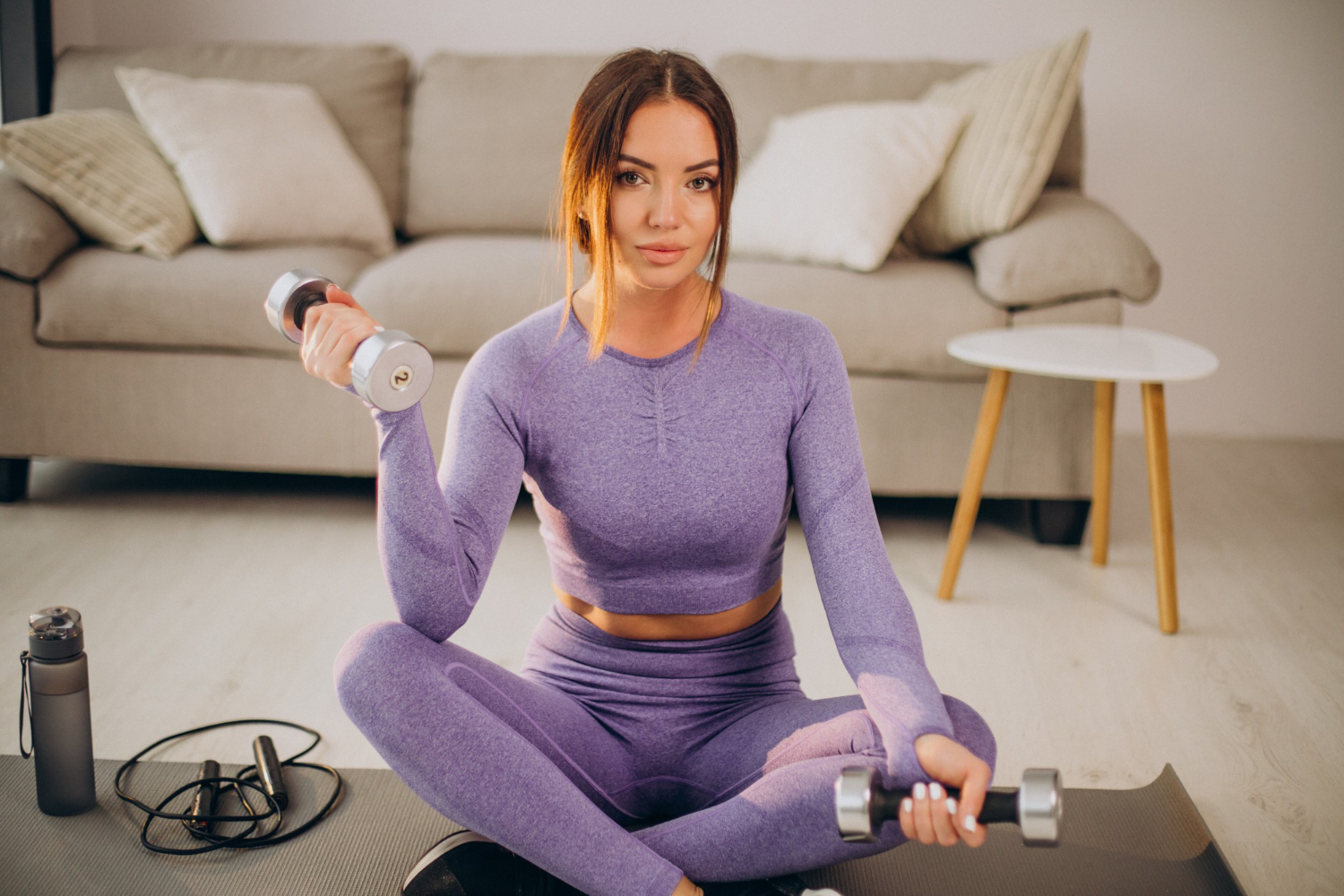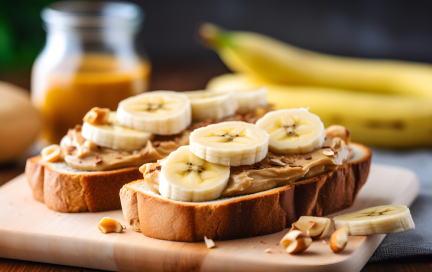Normal menstrual cycle
Understanding the Menstrual Cycle
A typical cycle lasts between 21 and 38 days and consists of distinct phases, each with its own hormonal fluctuations that impact energy, strength, and endurance.

The menstrual cycle begins with menstruation, which typically lasts 4–5 days. Following this, the follicular phase begins, marked by the maturation of the dominant follicle and a steady rise in estrogen levels. This phase continues until around day 14 in a standard 28-day cycle.
Ovulation usually happens around the middle of your cycle and is the prime time for fertilization. Around this time, estrogen levels peak — and so does your energy.
After ovulation, the luteal phase takes over, dominated by progesterone, which peaks around days 20–22. This hormone prepares the uterine lining for a possible pregnancy.
If fertilization does not occur, estrogen and progesterone levels drop sharply, triggering the start of a new menstrual cycle — along with menstrual bleeding.
Cyclical changes in the female body
A woman's physical and emotional state fluctuates throughout her menstrual cycle. In the days leading up to and during menstruation, many experience mood swings, cramps, and decreased exercise motivation due to shifting hormone levels.
As estrogen levels rise after menstruation ends, most women notice improved mood and renewed energy, making this an ideal time for more intense workouts. However, after ovulation, progesterone takes over, slowing digestion and increasing appetite. During this luteal phase, many women find themselves less inclined toward high-intensity cardio or strenuous fitness routines.
Looking for something nourishing and delicious? Check out our favorite hormone-friendly recipes — simple, tasty, and energizing! 💚
When pregnancy doesn't occur, hormone levels eventually stabilize, often bringing back better workout motivation in the late luteal phase. However, about 3–4 days before menstruation begins, both progesterone and estrogen drop sharply, frequently triggering premenstrual syndrome (PMS) symptoms like irritability, fatigue, and bloating. Once menstruation starts, the cycle begins anew.
Can you work out on your period?
Can you workout on your period? If you feel fine — absolutely!

Should you workout on the first day of your period? Yes, if you're comfortable. Many women experience no pain or discomfort and can stick with their regular routines. Still, it's wise to lower workout intensity during the first 2–3 days to avoid dizziness or fatigue.
Choose low-intensity sessions like beginner workouts, yoga, pilates, gentle stretching, or morning routines— all these exercises are great to do during your period. If menstruation is light and painless, by day 4–5, you can resume your usual workouts.
Benefits of exercise during your period include reduced menstrual cramps, improved mood, and increased energy levels. Physical activity stimulates the release of endorphins — natural painkillers and mood enhancers — which can help alleviate discomfort and reduce stress.
Gentle workouts like walking, yoga, or stretching can also improve blood circulation and ease bloating. Regular exercise supports hormonal balance and may lead to more manageable periods over time.
Exercises to avoid during your period
It’s best to reduce intensity for lower-body workouts.
Women with strong Premenstrual Syndrome (PMS) symptoms or painful, heavy periods should avoid core work, high-intensity training, resistance workouts with weights or bands, and inversions — these can worsen bleeding.
Listening to your body: tips for exercising on your period
During menstruation, hormonal shifts can affect mood, stamina, and pain tolerance. That’s why listening to your body is essential: some days it welcomes activity, others it needs rest. Ignoring signals can worsen symptoms or reduce workout effectiveness.
A flexible routine supports consistency and overall well-being during this time.
Workouts that reduce menstrual pain
Gentle movement can ease cramps. Try pelvic tilts, the "Butterfly" stretch, and lying twists. These open the hips, relax pelvic floor muscles, and reduce pain.
The best low-intensity workouts to try during your period include:
yoga can ease cramps, lower stress, and boost your mood. Gentle poses (like “child's pose” or “cat-cow”) and breathing promote relaxation, improve circulation, and help manage discomfort;
pilates may reduce lower abdominal pain, relieve back tension, and enhance overall well-being;
low-impact cardio (walking, cycling or treadmill workouts) can erase cramps and uplift your mood;
swimming is a great way to relax muscles;
strength training with light weights is beneficial, but skip heavy lifting.
Meditation or breathwork may reduce pain perception and focus on mindful movement.
Mindfulness made easy — and 70% off. Use promo code MEDIUM and start training with us today.
When You Should Avoid Exercise During Your Period
If your periods are extremely heavy or painful — or come with nausea, headaches, or high blood pressure — take a break and consult a doctor.

Conclusion
So, is it good to exercise on your period? Absolutely, if you are feeling up to it! But if symptoms are intense, it's best to rest and seek medical advice. Menstruation isn't a reason to skip workouts entirely — today’s informed woman can tailor fitness to her cycle and body’s needs.
🎉 Ready to take the next step? Get 70% OFF your StarFit subscription with our exclusive promo MEDIUM!
Access expert-led programs, track your progress, and build the body (and lifestyle) you deserve — all in one place.
Don’t wait — the offer won’t last forever!
















